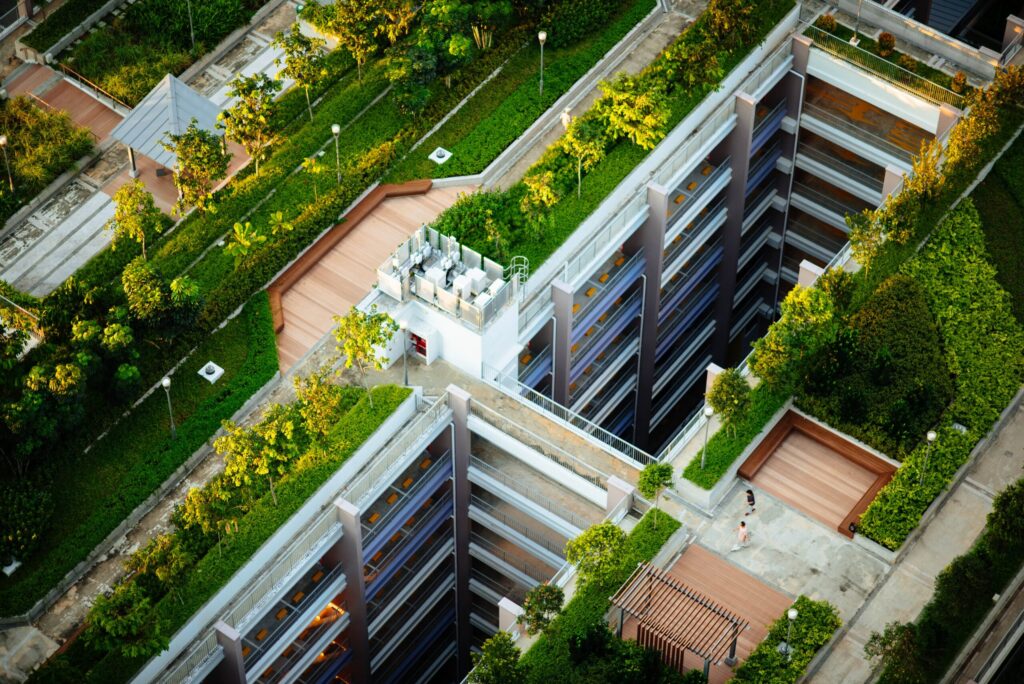ENERGY-EFFICIENT BUILDING DESIGN AND PRACTICES
Introduction
Energy-efficient building design and practices have become a paramount consideration in the construction industry. With increasing environmental concerns and a growing need for sustainable solutions, designing and implementing energy-efficient buildings is not just an option but a necessity. This article delves into the key principles, strategies, and practices that can be employed to create buildings that are not only eco-friendly but also cost-effective in the long run.
Key Points
1. Effective Insulation
Efficient insulation is the cornerstone of energy-efficient building design. It prevents heat loss in the winter and heat gain in the summer. High-quality insulation materials, properly installed, can significantly reduce the need for heating and cooling, thus saving energy and reducing utility bills.
2. Smart Design and Orientation
Building orientation and layout can play a pivotal role in energy efficiency. Positioning buildings to take advantage of natural light and prevailing winds can reduce the need for artificial lighting and mechanical ventilation. Properly designed overhangs and shading devices can also help control solar heat gain.
3. Energy-Efficient Windows and Doors
Selecting energy-efficient windows and doors with low U-values and high Solar Heat Gain Coefficients (SHGC) is crucial. These elements not only keep the indoor environment comfortable but also reduce the workload on HVAC systems, cutting down on energy consumption.
4. High-Performance HVAC Systems
Investing in modern, energy-efficient HVAC (Heating, Ventilation, and Air Conditioning) systems is a wise choice. Programmable thermostats, zoned heating and cooling, and regular maintenance can all contribute to lower energy consumption while maintaining indoor comfort.
5. Renewable Energy Sources
Integrating renewable energy sources like solar panels, wind turbines, and geothermal heating and cooling can provide a clean and sustainable energy supply for buildings. This approach not only reduces energy costs but also lowers the carbon footprint.
6. Efficient Lighting
The use of LED lighting, motion sensors, and daylight harvesting can minimize energy use for illumination. Efficient lighting systems can be integrated with smart building controls to optimize energy usage further.
7. Building Envelope Improvements
Upgrading the building envelope through air sealing, improved insulation, and efficient roofing materials can significantly reduce heat loss and air infiltration, leading to substantial energy savings.
8. Water Conservation
Efficient water fixtures, rainwater harvesting, and greywater recycling can contribute to reducing overall energy consumption, especially in heating water for domestic use.
9. Building Automation and Management Systems
Smart building management systems can monitor and control energy use in real time. They can adjust HVAC, lighting, and other systems based on occupancy, time of day, and weather conditions, further optimizing energy use.
10. Green Building Certifications
Consider pursuing green building certifications such as LEED (Leadership in Energy and Environmental Design) or BREEAM (Building Research Establishment Environmental Assessment Method) to ensure that the building meets high sustainability standards and is recognized as such.
Conclusion
Energy-efficient building design and practices are not only essential for reducing environmental impact but also for long-term cost savings. By implementing these key principles and strategies, architects, builders, and homeowners can create buildings that are comfortable, sustainable, and economical. As the world shifts towards a greener future, embracing energy-efficient building design is a crucial step in the right direction.


